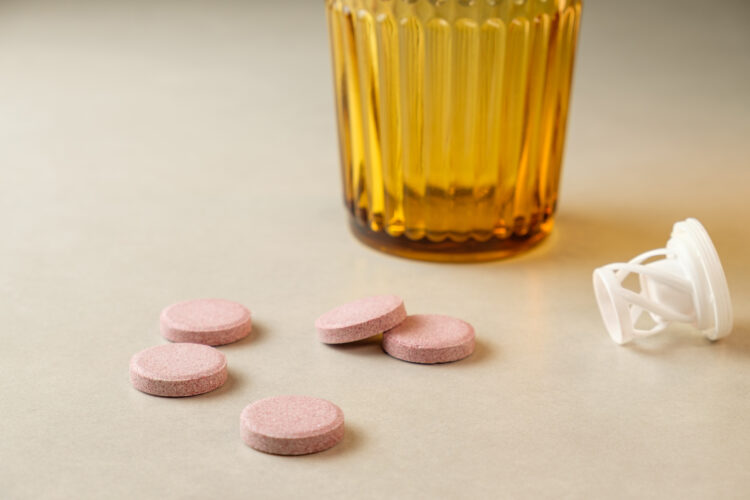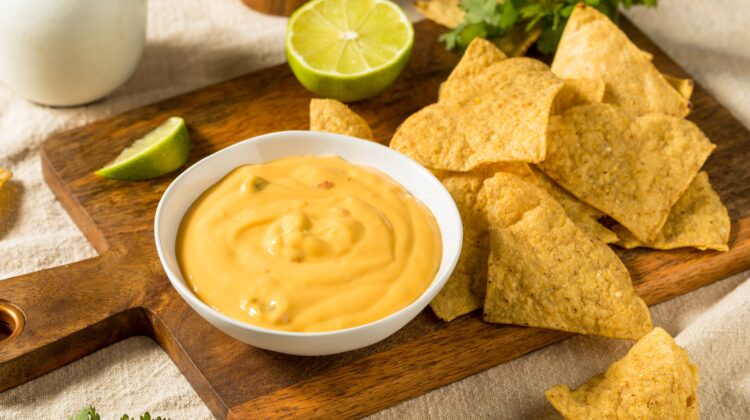Strategies to Reduce Fat in Soup, Sauce & Dressing Applications

In today’s health-conscious world, consumers are increasingly seeking nutritious food options that don’t compromise on taste. For food manufacturers, this presents a unique challenge: how to create soups, sauces, and dressings that are both delicious and low in fat. Fortunately, with the right strategies and ingredients, reducing fat content without sacrificing flavor is entirely achievable. Let’s explore some innovative approaches for crafting healthier soup, sauce, and dressing applications.
Utilize Natural Thickeners & Emulsifiers
Traditional methods of thickening sauces and dressings often involve the use of high-fat ingredients like butter, cream, or oils. However, by incorporating natural thickeners and emulsifiers, you can achieve the desired texture without adding unnecessary fat. Ingredients such as starch (from varying botanical sources), hydrocolloids such as xanthan, guar or locust bean gum, egg powders, and even some functional fibers can help bind ingredients together and create a creamy consistency without the need for excessive amounts of fat.
Opt for lower-fat Proteins & Dairy Alternatives
Incorporating lower-fat sources of protein and dairy ingredients can significantly reduce the fat content of soups, sauces, and dressings while adding nutritional value. Choose lean dairy protein sources in soups and sauces or opt for plant-based protein sources like soy, chickpea, or pea. Similarly, substitute full-fat dairy products with low-fat dairy or non-dairy alternatives to achieve a creamy texture without the added fat.
Crafting Healthier Delights with Creativity and Innovation
Reducing fat in soup, sauce, and dressing applications presents a unique opportunity for food manufacturers to cater to the growing demand for healthier options without compromising on taste. By embracing natural thickeners, lower-fat protein, dairy and plant-based ingredients, you can create products that delight the palate while promoting overall well-being. With creativity, innovation, and a commitment to excellence, crafting healthier soups, sauces, and dressings can easily be achieved with a combination of important factors for success.




